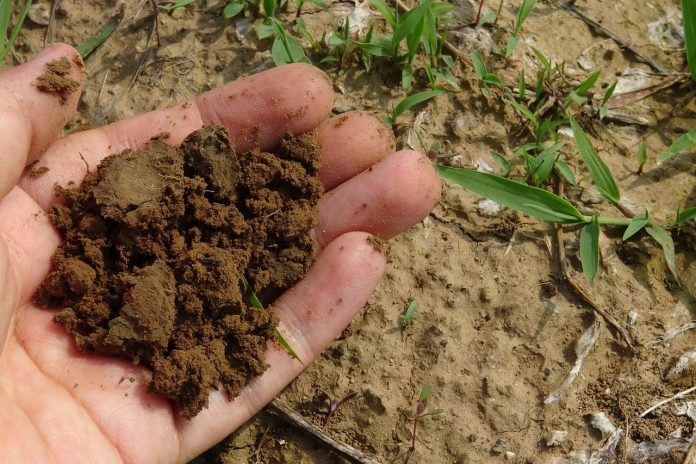In light of the global pandemic we are facing today, there are hundreds of producers swimming in the struggle of closed slaughterhouses and bottom-of-the-barrel prices on livestock.
It seems that right now the best thing to do is conserve: conserve funds, limit investments and reduce overhead costs as much as possible. While that’s true in a lot of ways, that isn’t the case when it comes to soil testing and soil fertility management.
A small investment in a current soil test can make all the difference for accurate fertilizer rates, as well as increased forage or crop production once soil fertility is addressed.
Current is key
I’ve been through several soil fertility and soil test reading seminars in my short time with the soil and water conservation district, and one of the biggest things I’ve taken away from that is that the most important number on a soil test isn’t pH, nitrogen, phosphorus or potassium results — it’s the date.
A current soil test is key when a producer is planning a new seeding or when getting ready to purchase fertilizer. A new seeding can cost a lot of money per acre initially when the cost of seed, herbicide and fertilizer is factored together.
If soil fertility doesn’t allow for a vigorous stand to come from that seeding, a real issue with money loss is clearly evident. When the price of fertilizer starts at $300/ton and goes upward from there, no one wants to spread what won’t yield great results.
Generally speaking, once a soil test is done, it can be relied upon for three years as a guide for soil fertility, and then that field will needs to be retested.
Preparing a soil sample
Getting a soil sample together for testing is a pretty simple process; it’s a matter of collecting cores from an area of less than 25 acres with common land forms. Soil samples should be taken from the top four inches of topsoil, not deeper or subsoil values could affect the results of the sample.
For most laboratories, about two cups of soil is what is required. Samples should be dried and packaged, which is often done by the county agency that submits the sample.
Low cost
County soil and water conservation districts along with county extension agencies often offer soil, forage, manure and a litany of other tests available through reliable and credible laboratories. Though I cannot speak for others on the cost of their tests, we at Noble SWCD offer basic soil tests, with three-year recommendations, for $13 per sample.
When you look at your bottom line, that is a pretty cheap investment for what can save a lot of dough down the road. Any of the conservation-based county agencies at your disposal would be happy to help any producer with soil testing, analysis and fertilizer recommendations.
What any conservationist wants is for the right fertilizer to be spread, at the right time and place, with the right rate. This helps to get the best results for producers as well as increasing fertility and keeping water clean and healthy.
Be sure to reach out and use reliable resources to benefit your soil and overall operation. We all know that times are tough, and amid this COVID-19 crisis, things can feel quite hopeless. But, as agricultural producers have done for years, we will rise and continue the work of feeding the masses.













